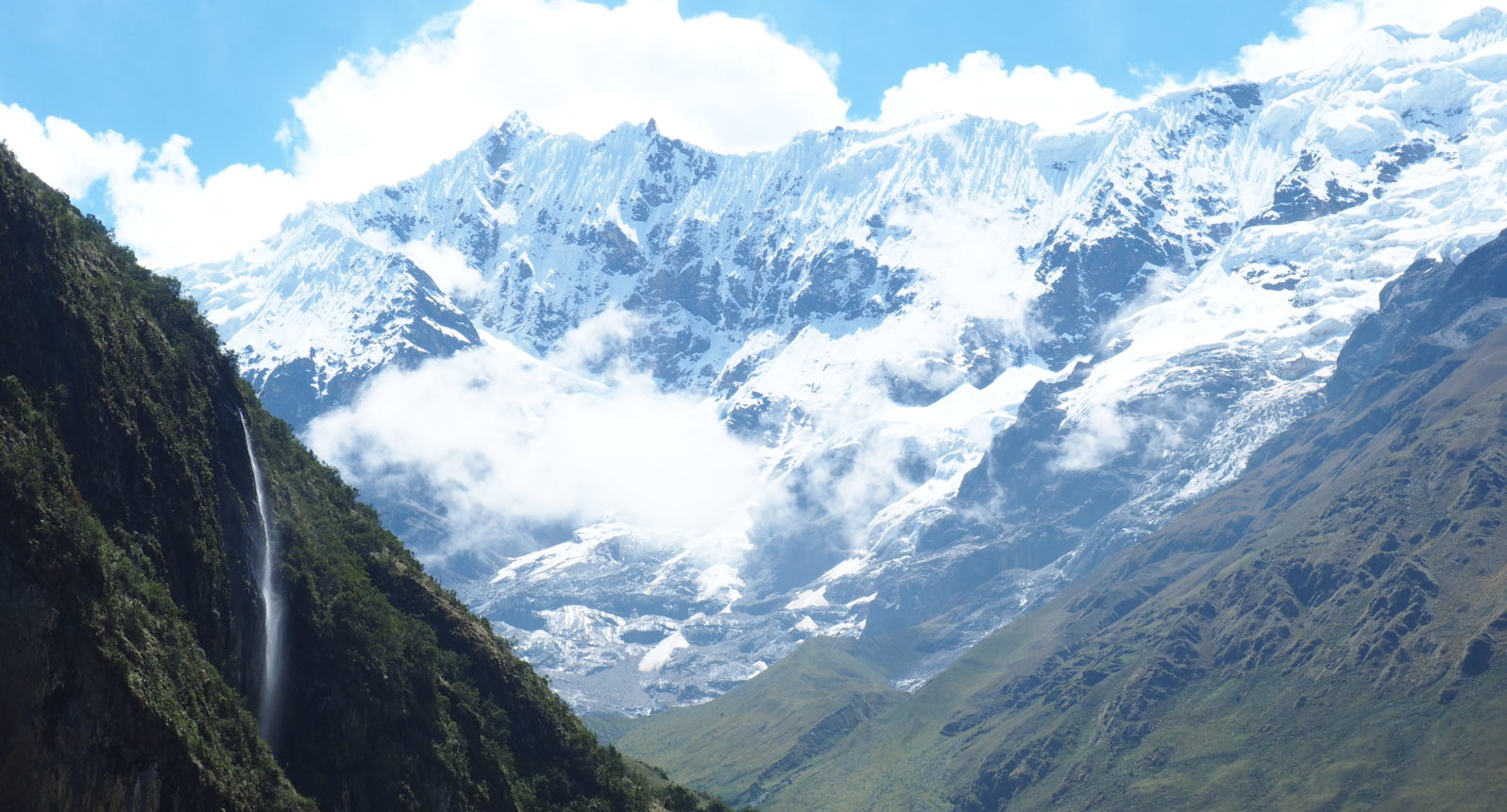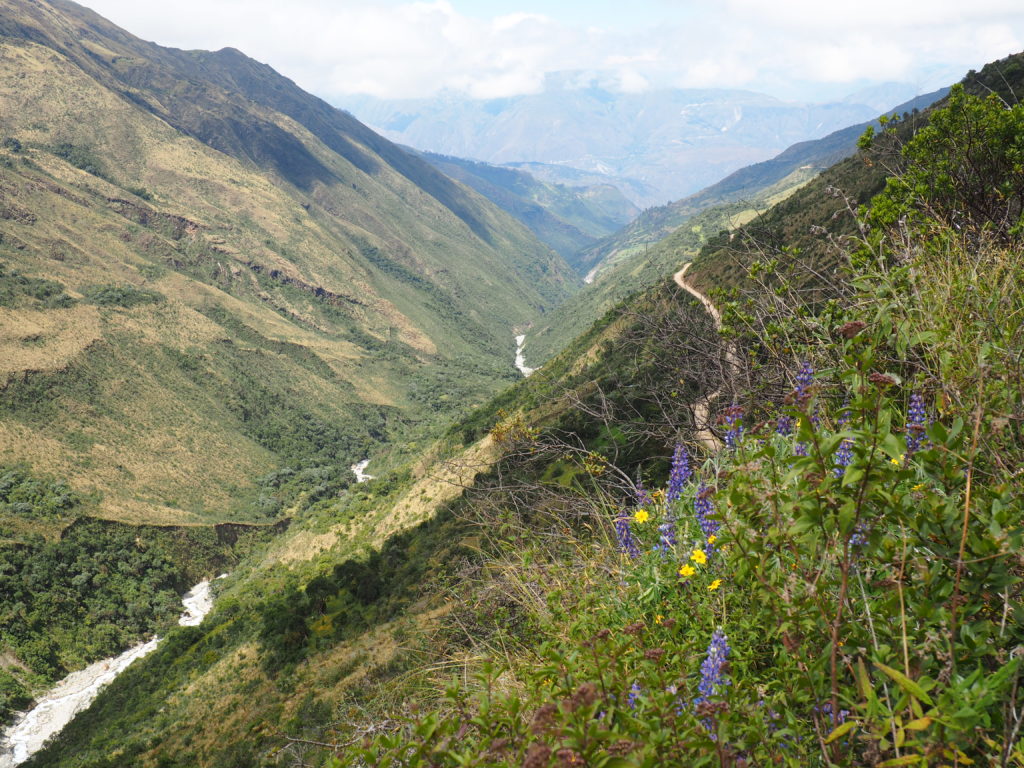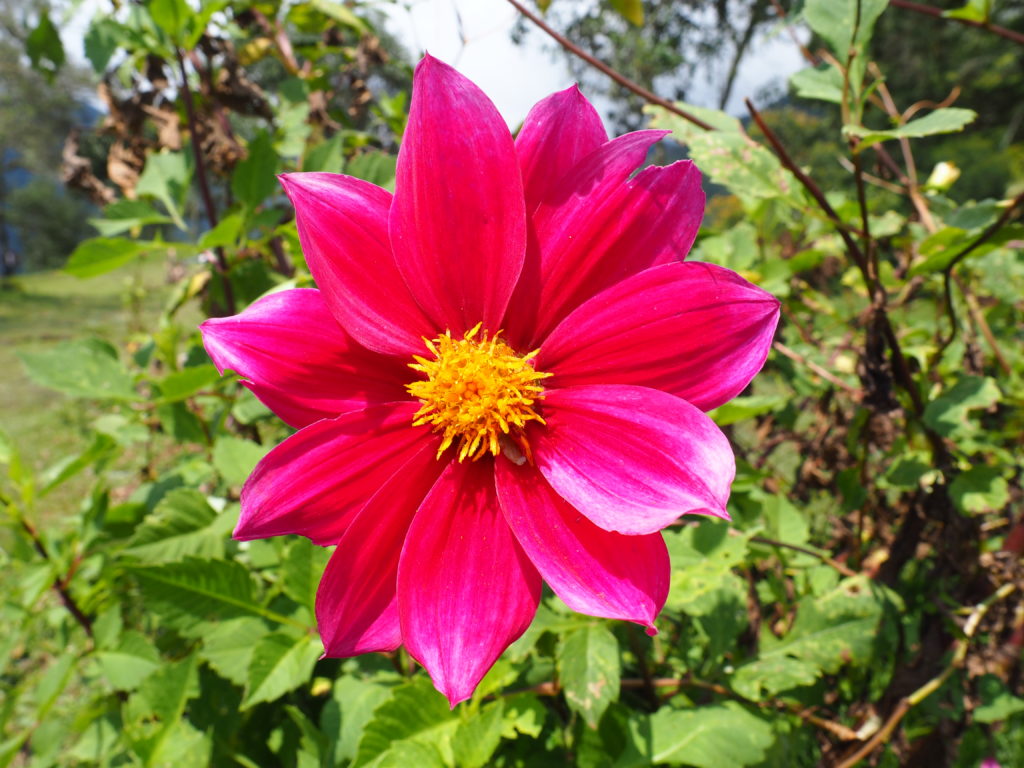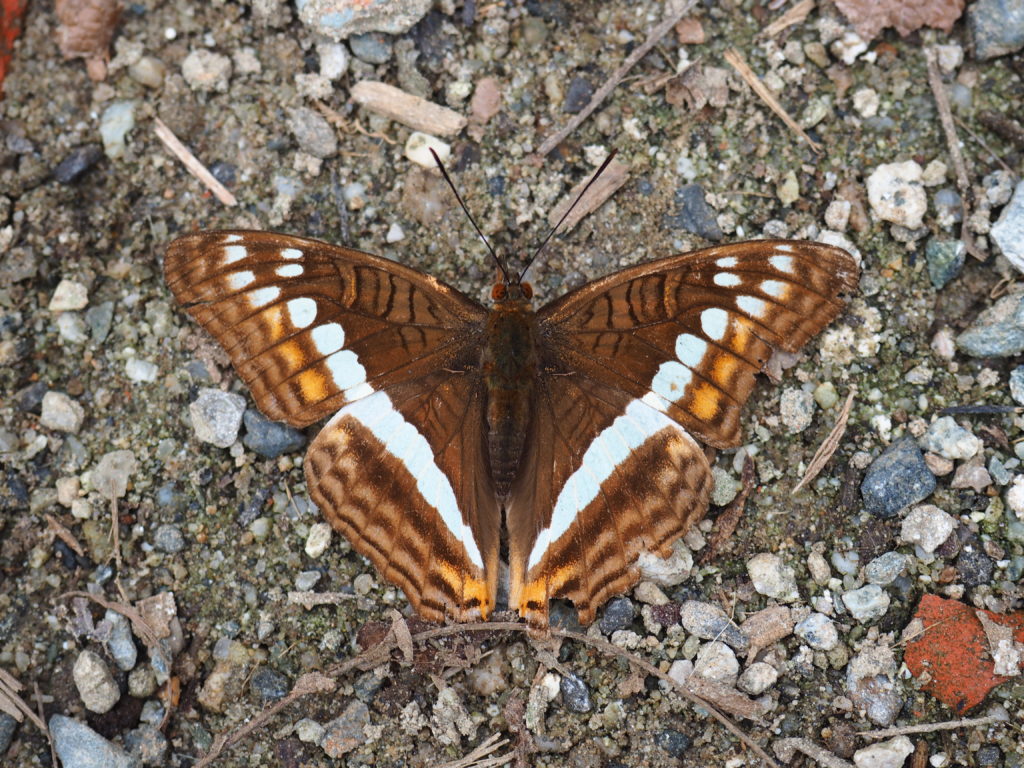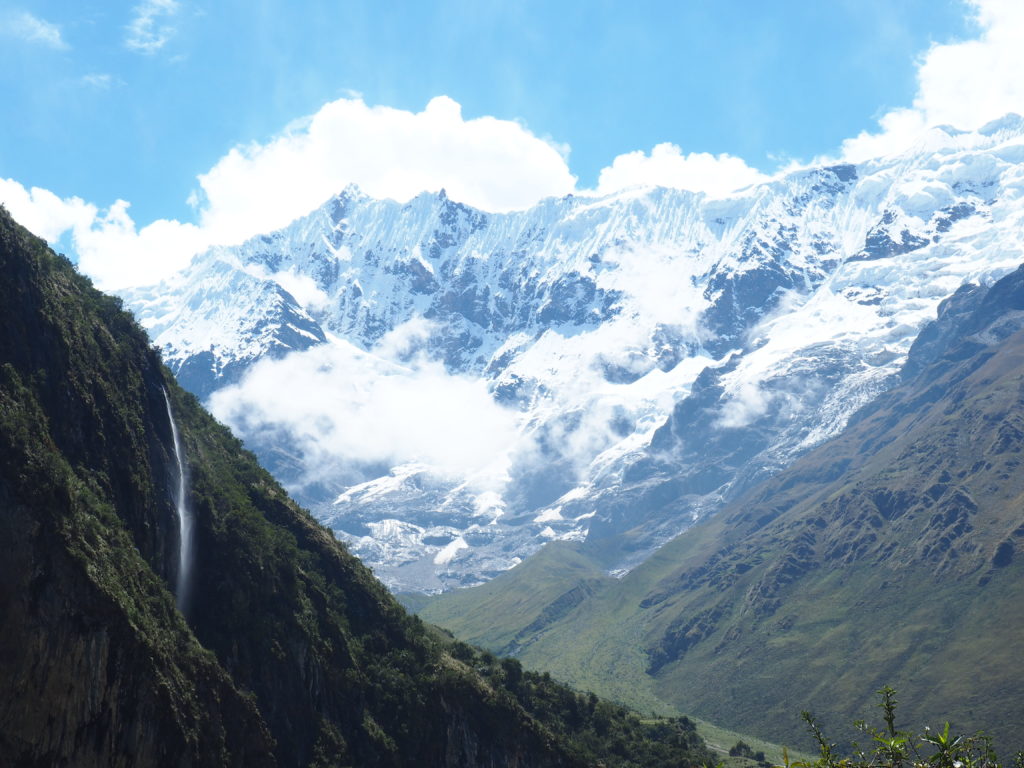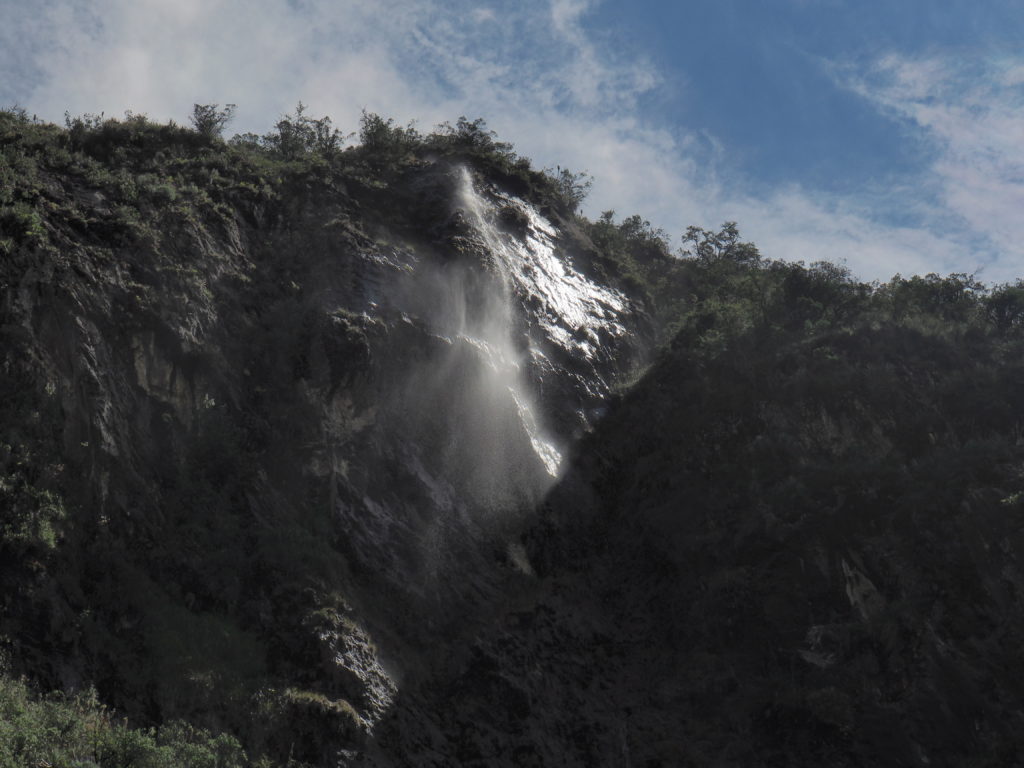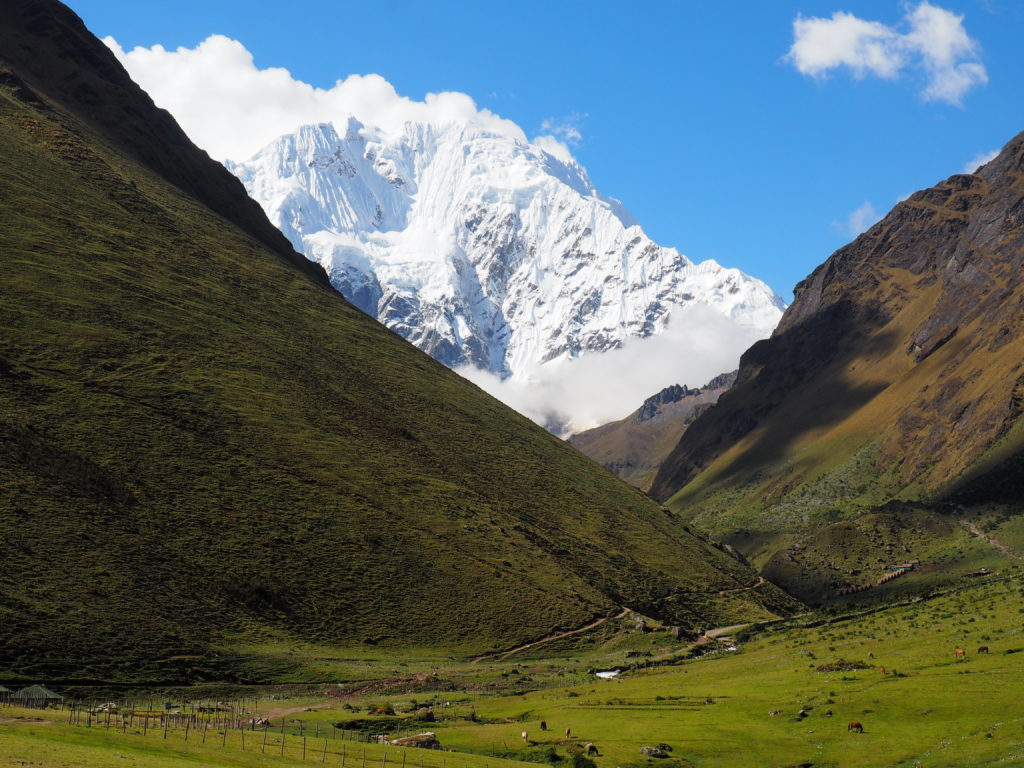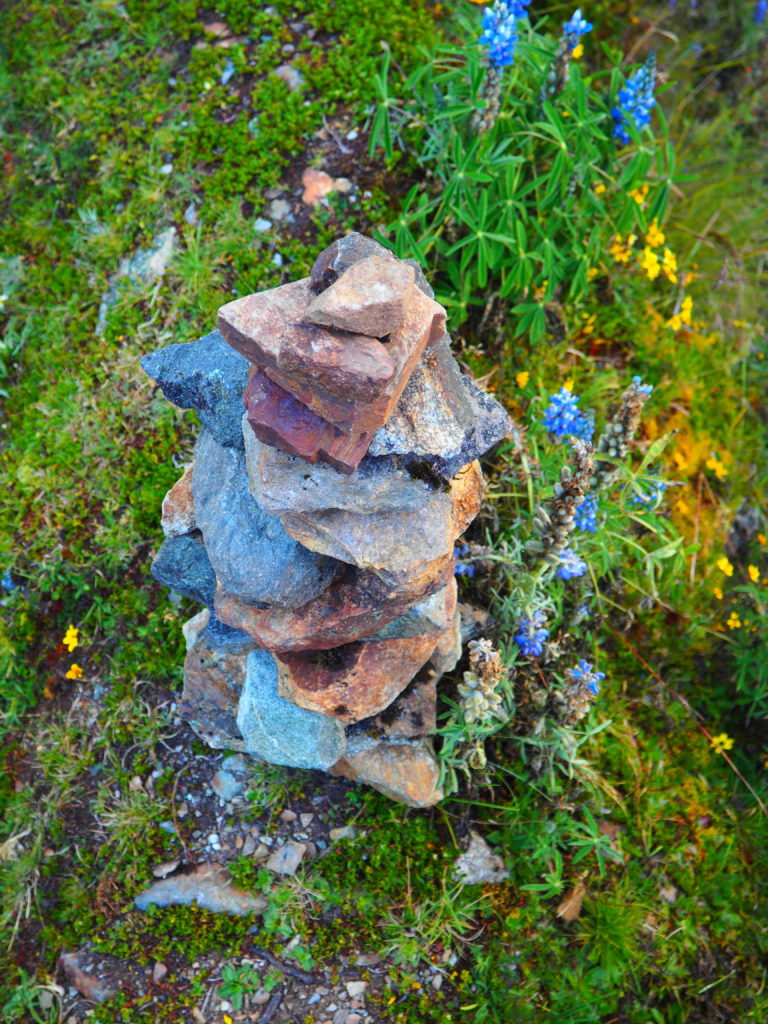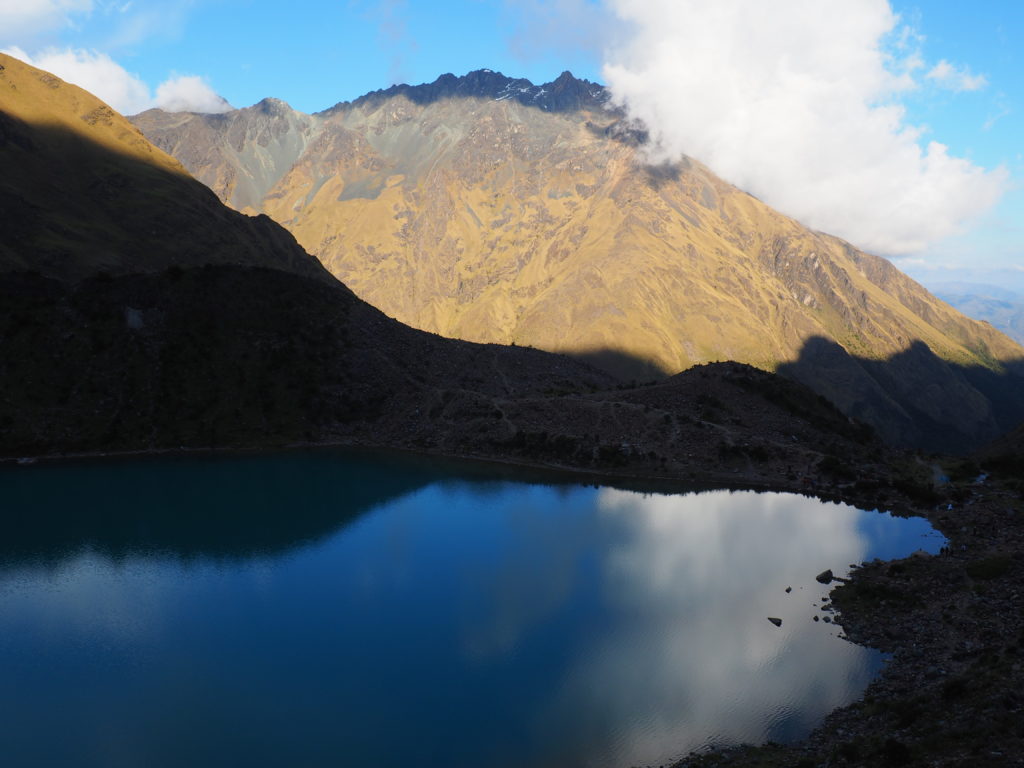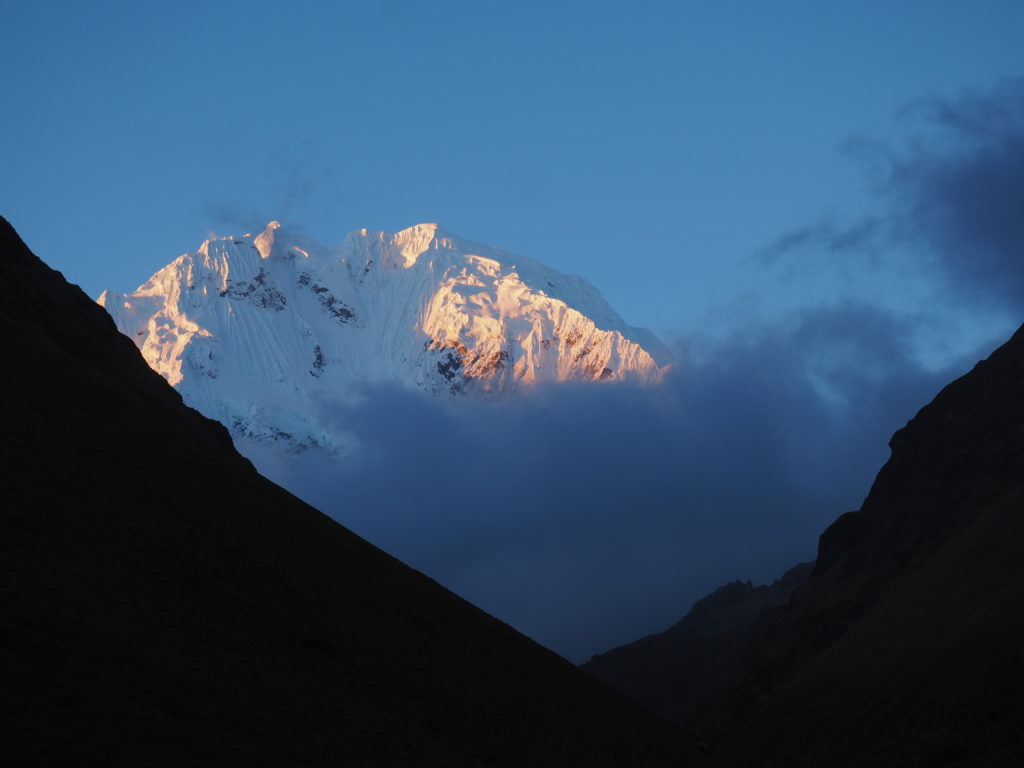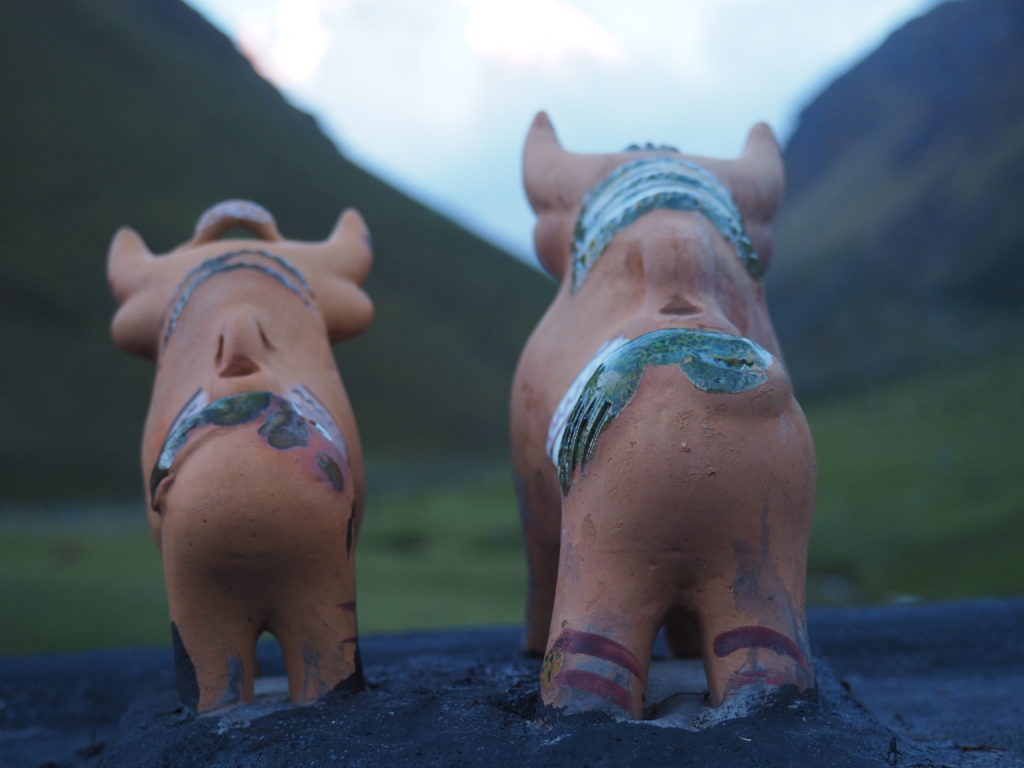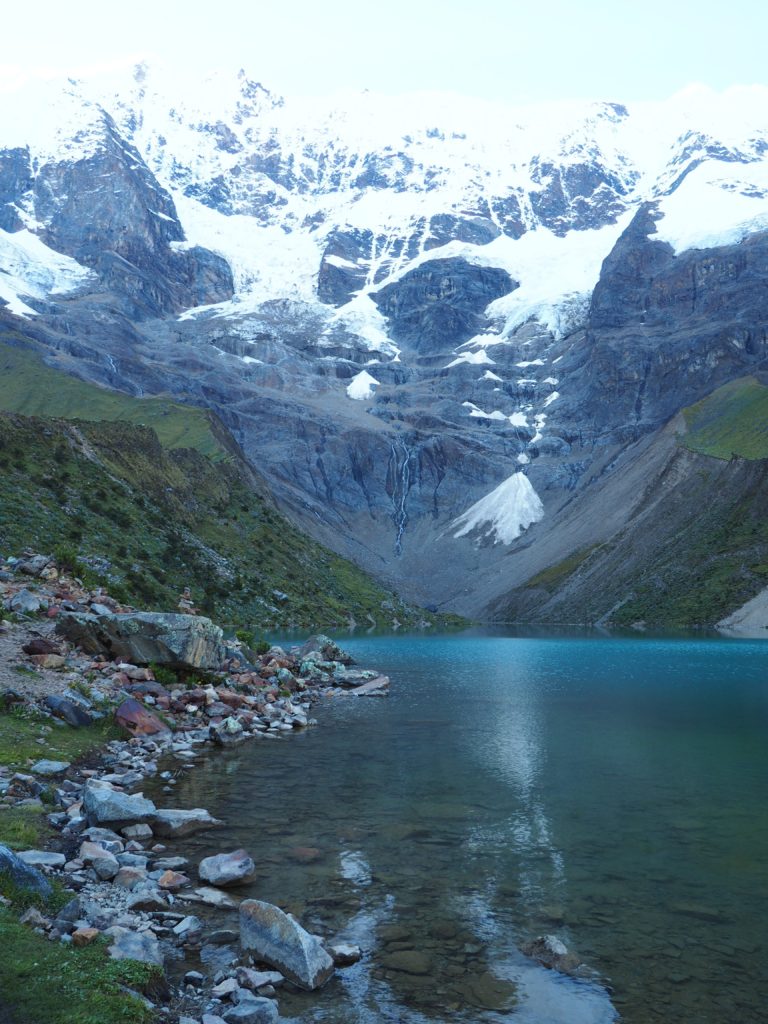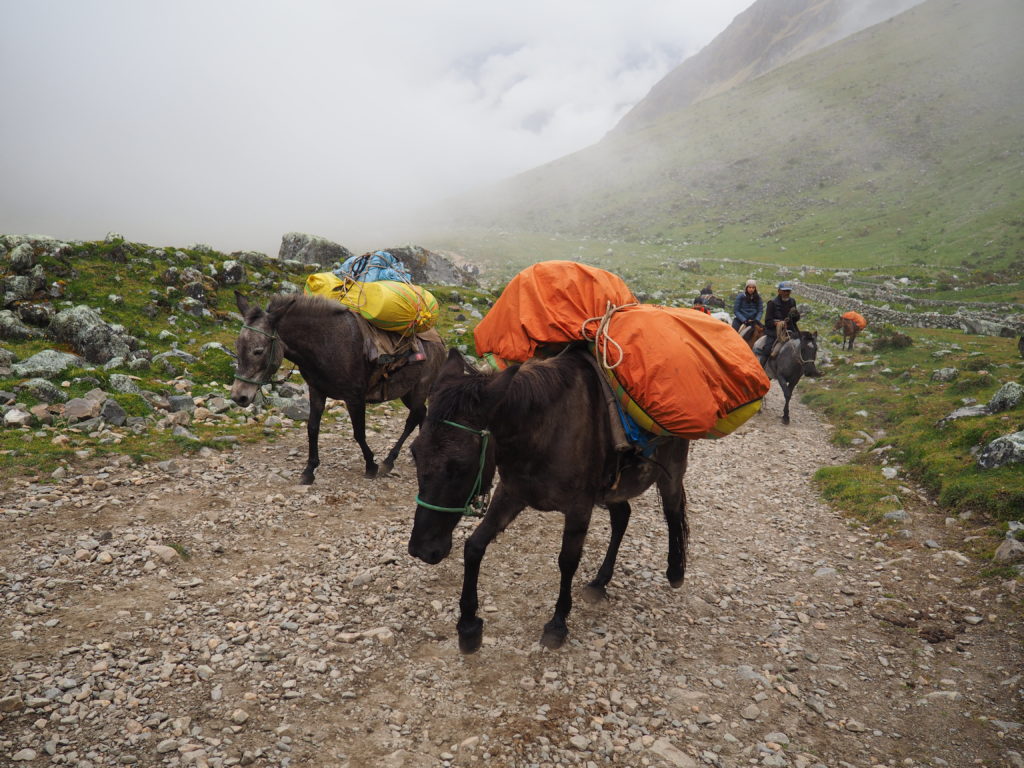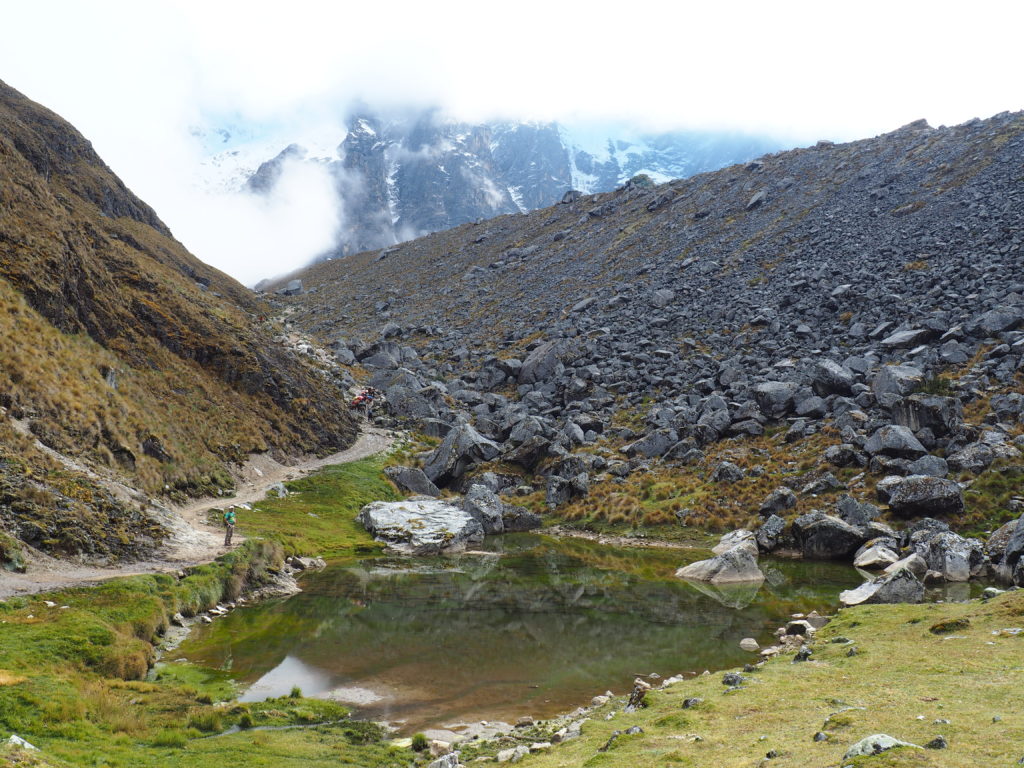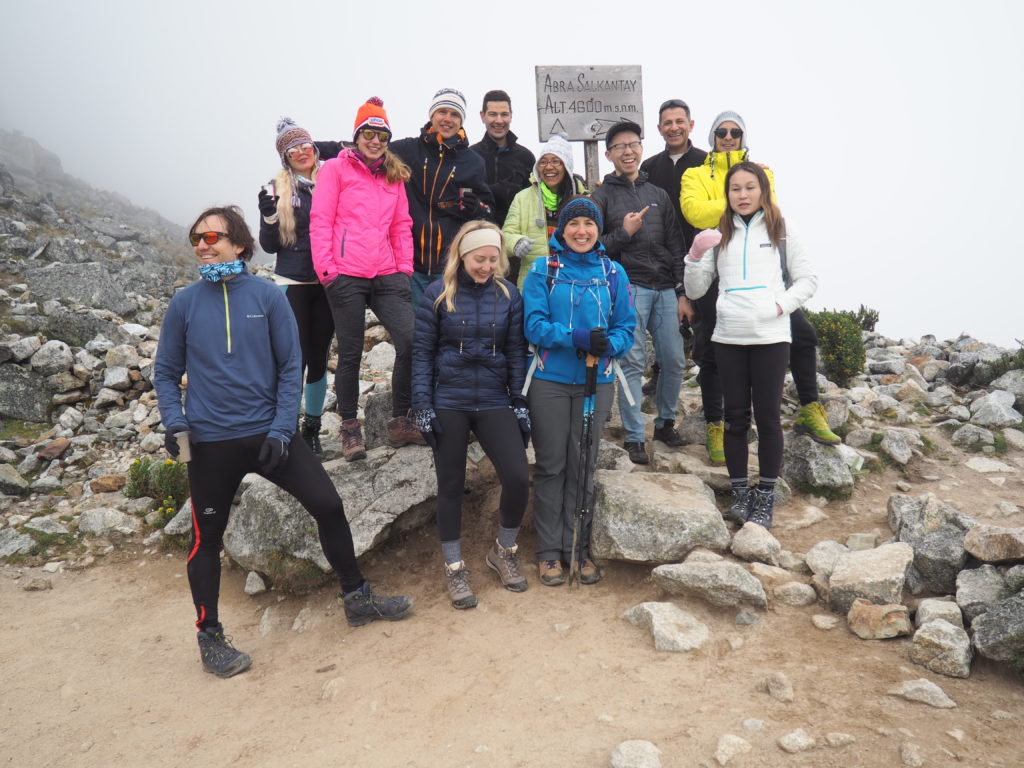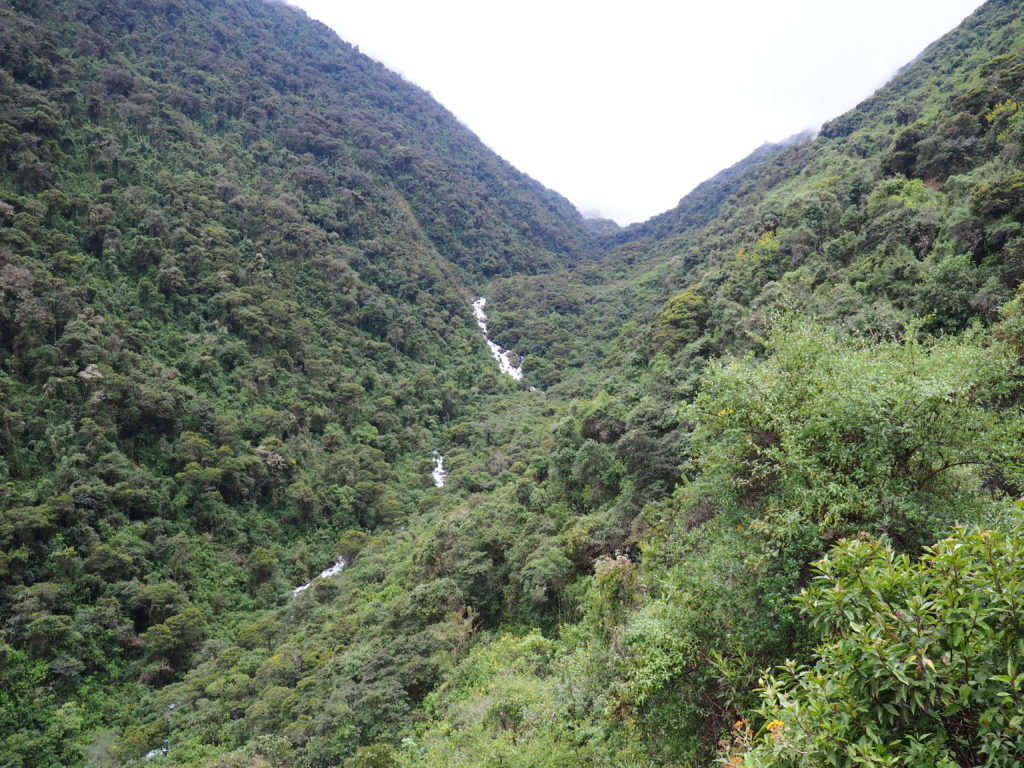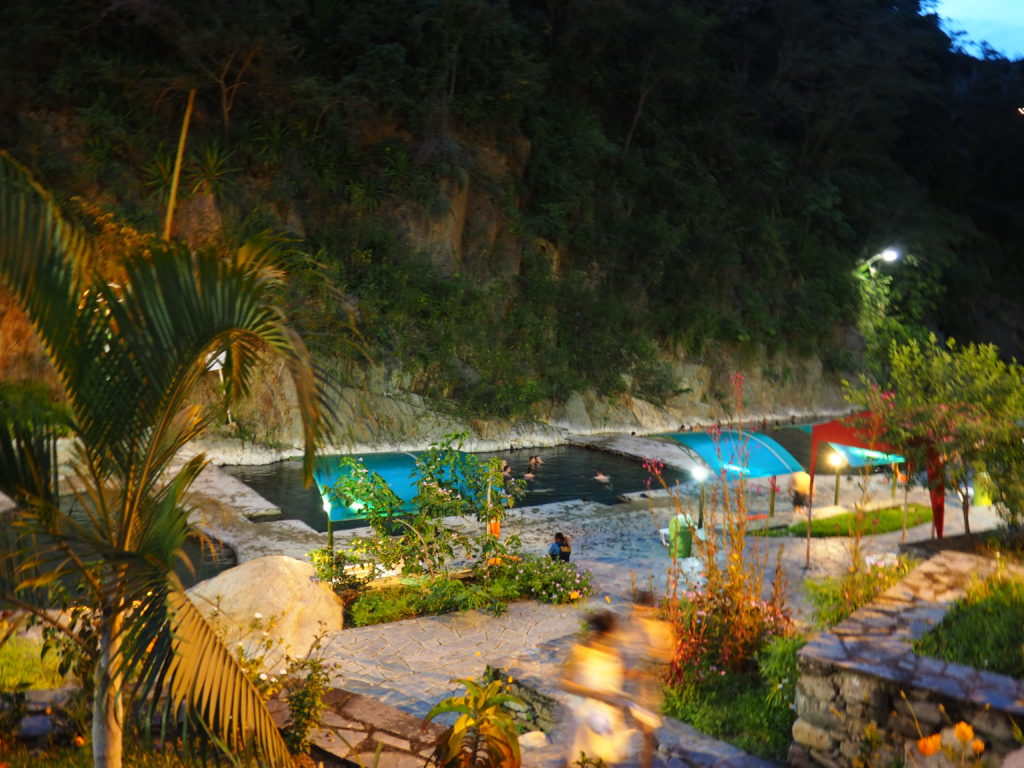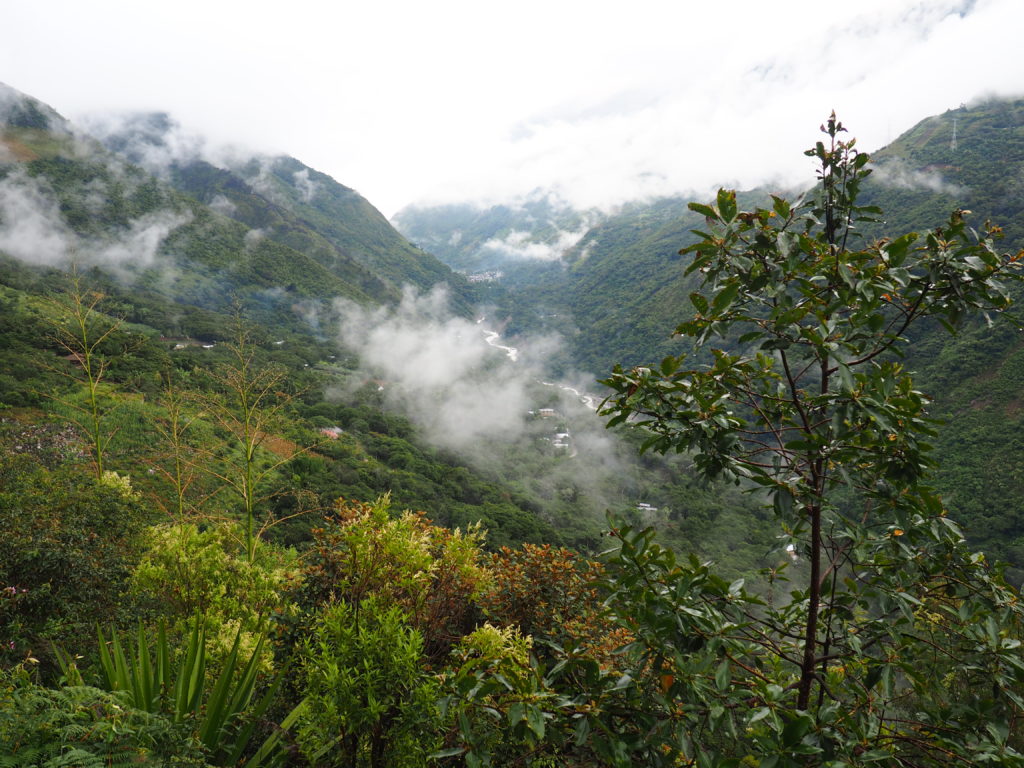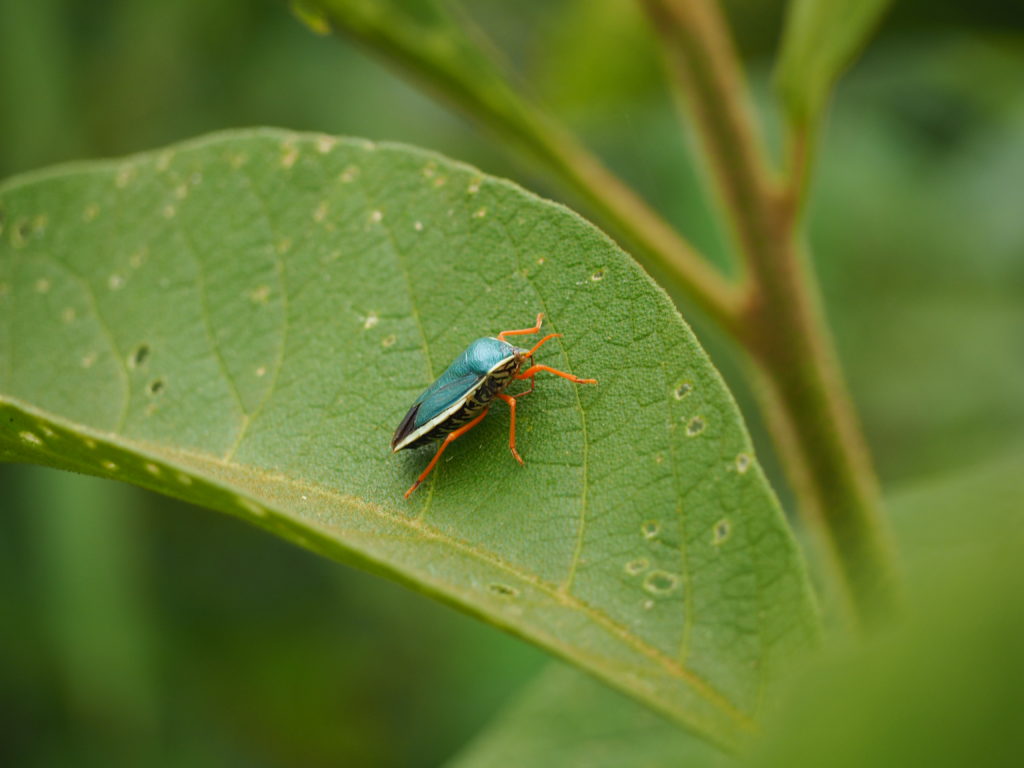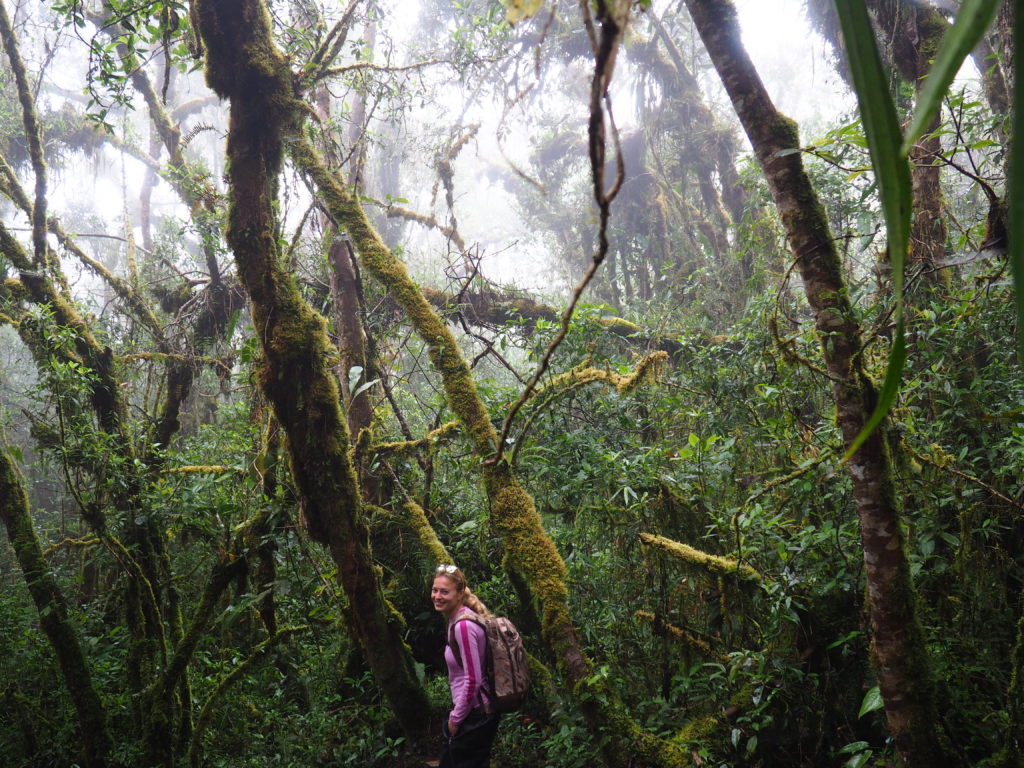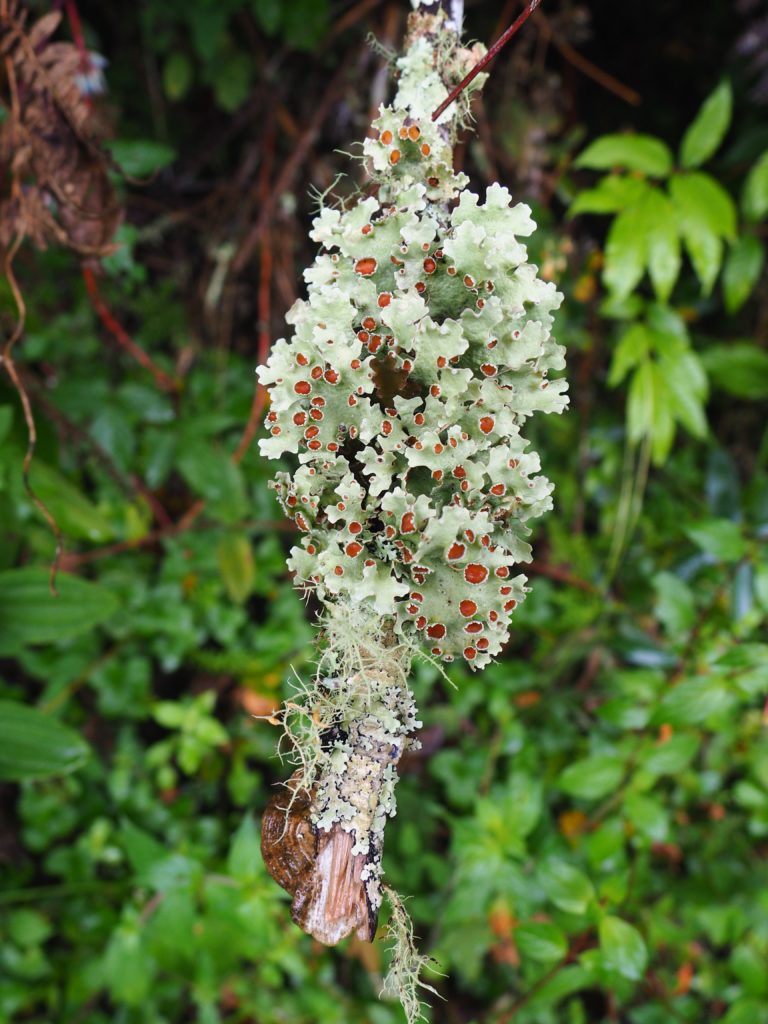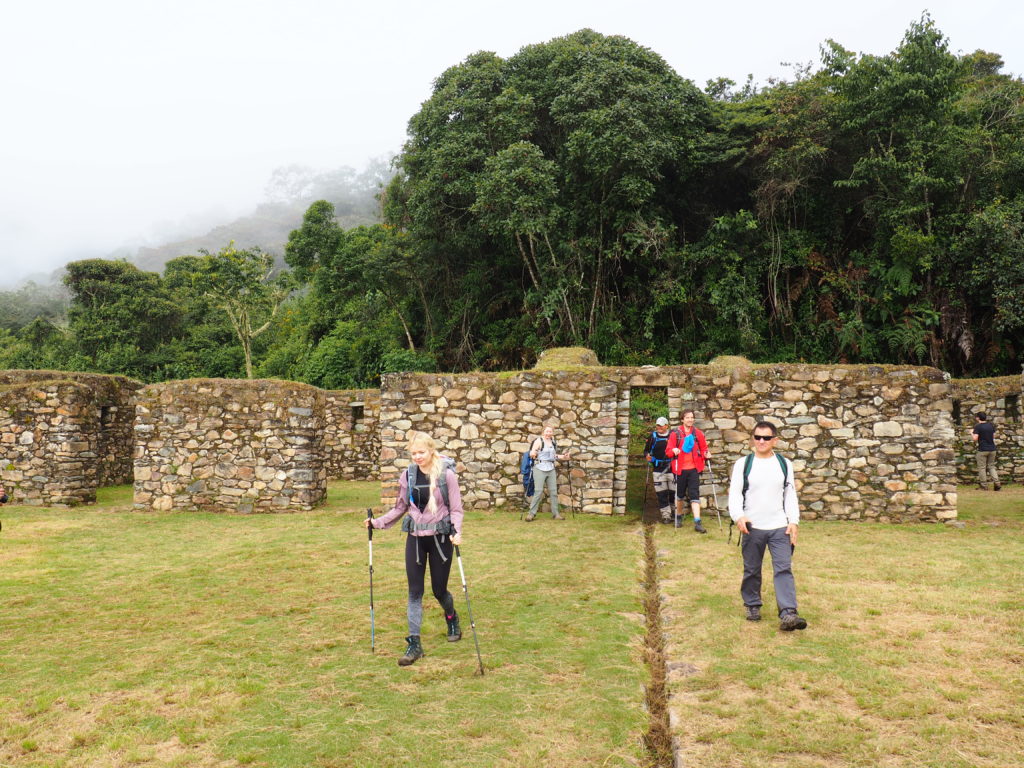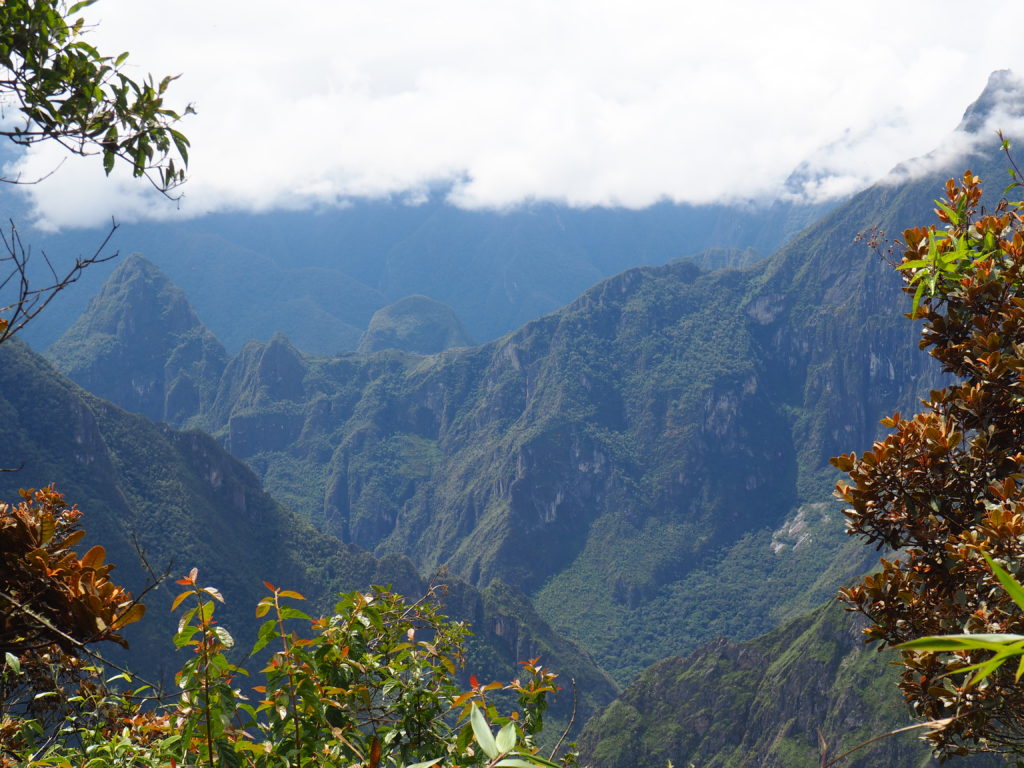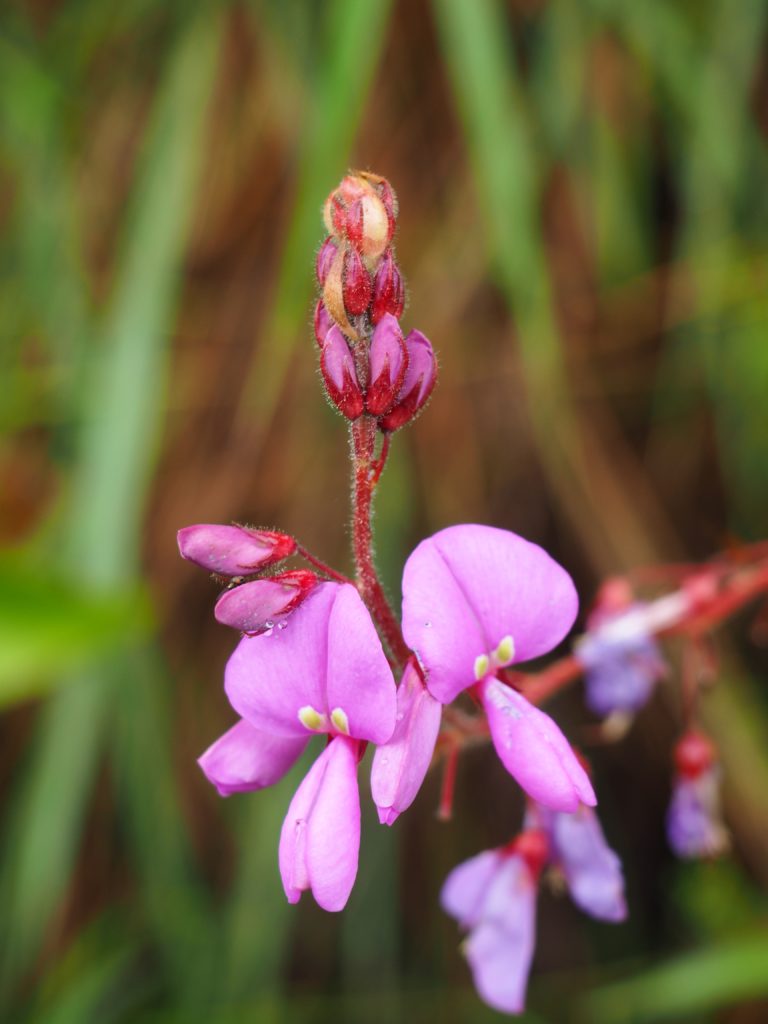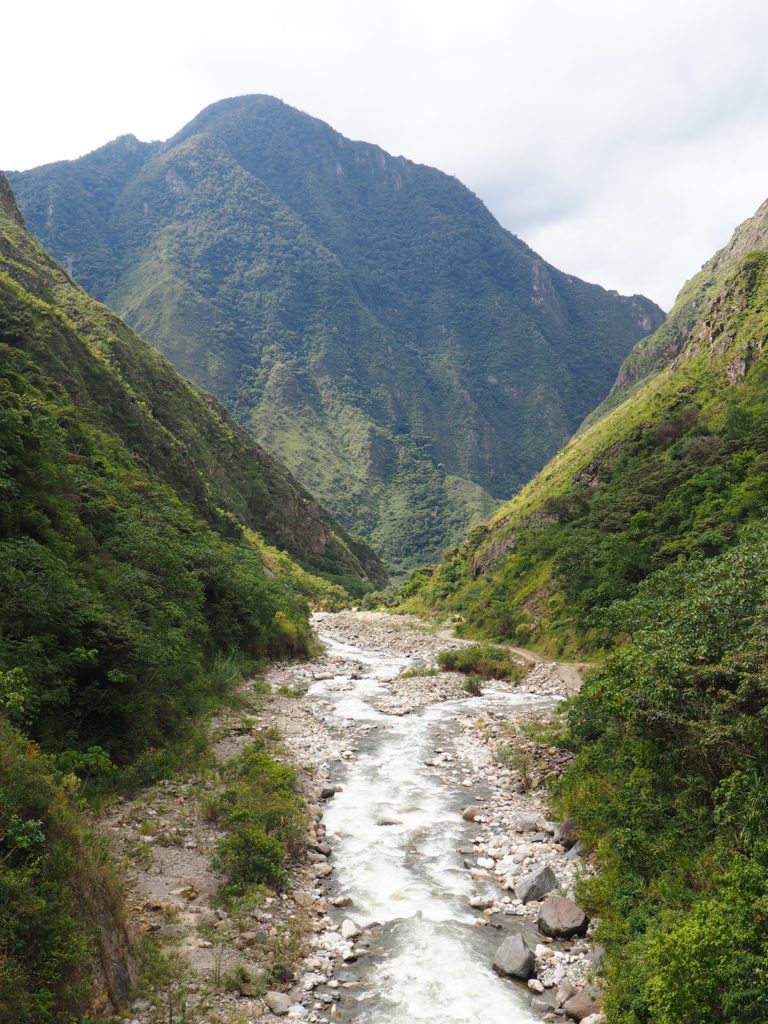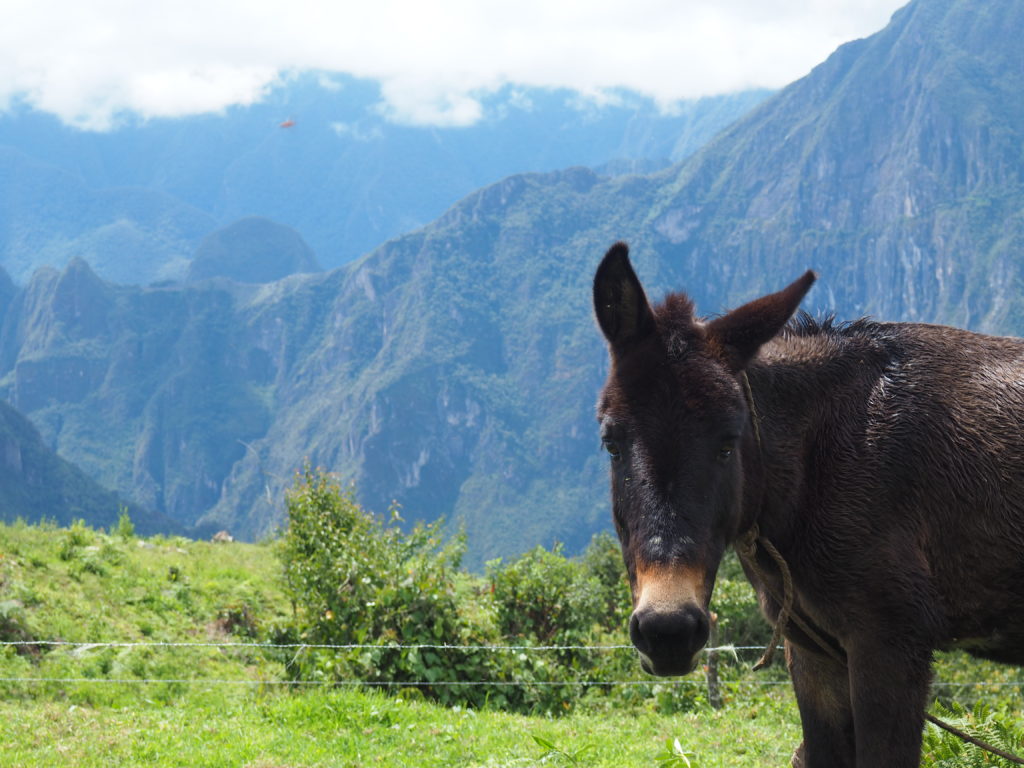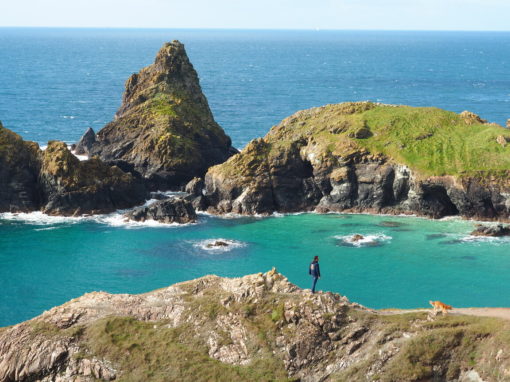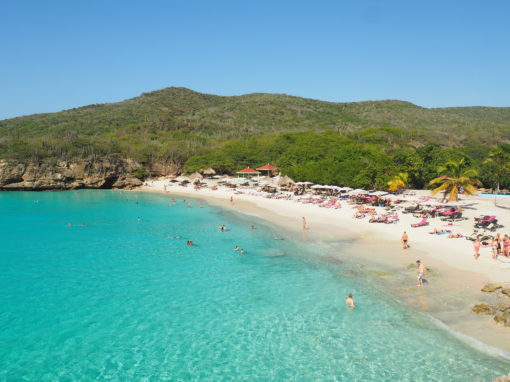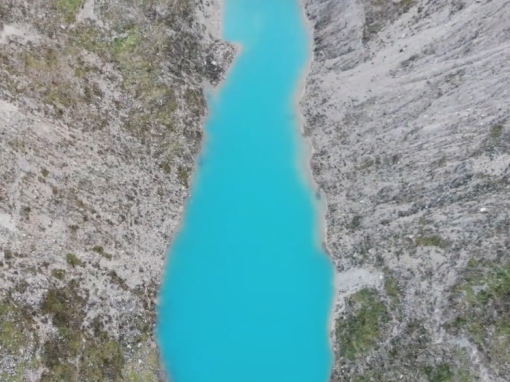Get ready for this once in a lifetime trip! We joined Salkantay Trekking for a 4-day hike along the 51 km / 31 miles of the Camino de Salkantay: a perfect trekking for those who aren’t afraid to push their limits a little, enjoy gorgeous mountain and tropical landscapes and love chewing coca leaves :).
The Salkantay trek used to be an Incan trade route for coca and potatoes. Nowadays it still leads around the Salkantay (obviously the trek’s namesake); at 6,271 m / 20,574 feet the highest peak of the Willkapampa Mountain Range. The Inca thought that the Salkantay was a deity and that it controlled the weather and thus the fertility of the grounds in the region west of Cusco. The name comes from the Quechua word sallqa, which means as much as ‘savage’ or ‘wild’. Therefore the mountain is translated as ‘savage mountain’.
And savage the trekking is. The path leads along an old waterway system, a gorgeous waterfall, the epic Humantay Lake, through the snow-capped mountain Salkantay pass, along the edge of the cloud forest, includes a visit to a coffee plantation, a stop near some lovely hot springs, goes into an abundant tropical forest starring the lesser-known Llactapata Inca ruins, before finally finishing with a sunrise on the 5th morning at the ancient Inca citadel of Machu Picchu.
First steps on the trail; already a feast to the eye
View on this epic waterfall as we came near the Sky Lodge
The same waterfall from below
Why not rather hike the Inca trail?
Well… there’s a simple reason to it. The Inca Trail only allows 500 people per day and is already fully booked more of less half a year in advance. As we only knew a couple of weeks in advance that we wanted to go to Cusco and Machu Picchu, hiking it just wasn’t possible.
But… there’s a but! Although the Inca trekking is without a doubt the most iconic pass you can hike to get to Machu Picchu, it also means that it’s a very busy one. The Salkantay trekking is said to be more exclusive and less touristy. I haven’t done both, so I can’t compare myself. But I can show and tell you how stunning our trip was.
View on the Salkantay as seen from the Sky Lodge
Many stone piles like this one can be seen near Lake Humantay
Lake Humantay as the sun goes down
Another Salkantay summit snap
Puccara bulls on top of the Sky domes, as a symbol of protection and strength
As you can see, the diversity of climates and landscapes that the trail has to offer in one trip is immense. Perhaps this is the reason that the trek was named “one of the 25 best treks in the world” by National Geographic Adventure Travel Magazine. Perhaps a second reason to chose this pass over the Inca trail.
No matter the pretty views, the climbs and descents can be quite steep and long. Especially the second day – along the Salkantay pass – can be a bit of a shock to your system if you’re not used (enough) to the altitude. Because of that, make sure you have a decent organisation to go with, one that looks after you. We opted for Salkantay Trekking and we absolutely didn’t regret that decision.
First look upon Lake Humantay
Day two: the horses carrying our food and clothes on day 2 - the Salkantay pass
The Salkantay pass, a scene that could have been cut straight out of a Lord of the Rings movie right?
Our group on the highest point of the trail!
Descending again: entering the cloud forest
What sets aside this organisation in the Cusco myriad of tour operators is the unique accommodation that they offer. The Sky Lodge, Andean Hut and Tent Dome are as luxury and fabulous as it can get during this trekking.
Moreover Salkantay Trekking had the highest score on Tripadvisor. But apart from all that, it’s really the guide that can make or break your adventure. We were lucky with Marco, as he was highly experienced, very friendly and personable, treated the group as his family and was passionate about learning everyone and involving everyone to pachamama (mother earth) and the Quechua culture.
The hot springs on day three. Such a welcome treat in between the hikes
Day four: the hike through the tropical forest
Welcome to the jungle
Though the tour was with its $420,- USD a tad more expensive than regular organizations would offer (once in Cusco, it’s possible to find tours for the incredibly low price of $200,- USD), but while booking I remembered the words of a friend who did the hike a couple of years earlier: it’s a tough trip, so you better just make sure everything else is damn right! And I agree. If you go, don’t save on the experience, but make it worthwhile.
See in here what we encountered, chronologically ordered, during the 4-day hike and hold on for more pictures and for my visual diary of the trekking!
Llactapata inca ruins
First view on Machu Picchu! Yes, from far away
The Urubamba river; the last piece to conquer before reaching Aguas Calientes
Hola!
Also interested to see what we encountered on the fifth day? Check out the magic of Machu Picchu in here!
